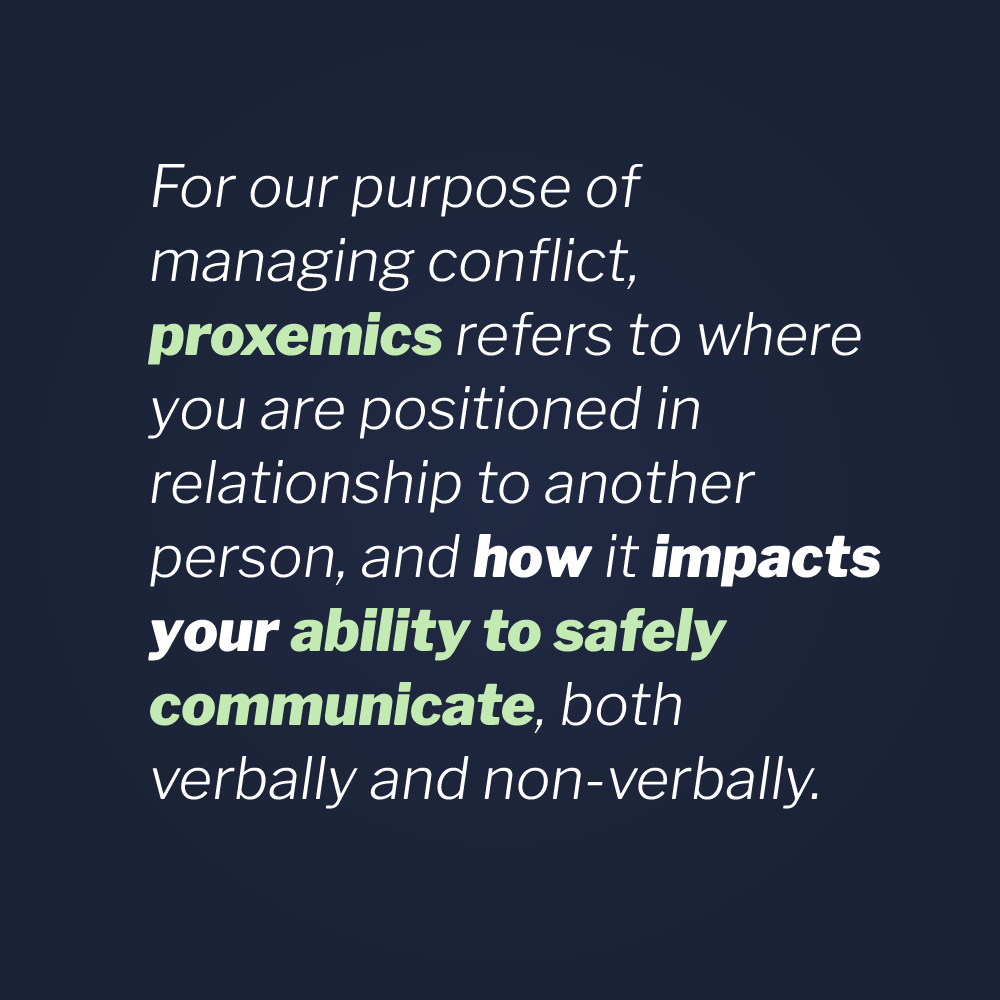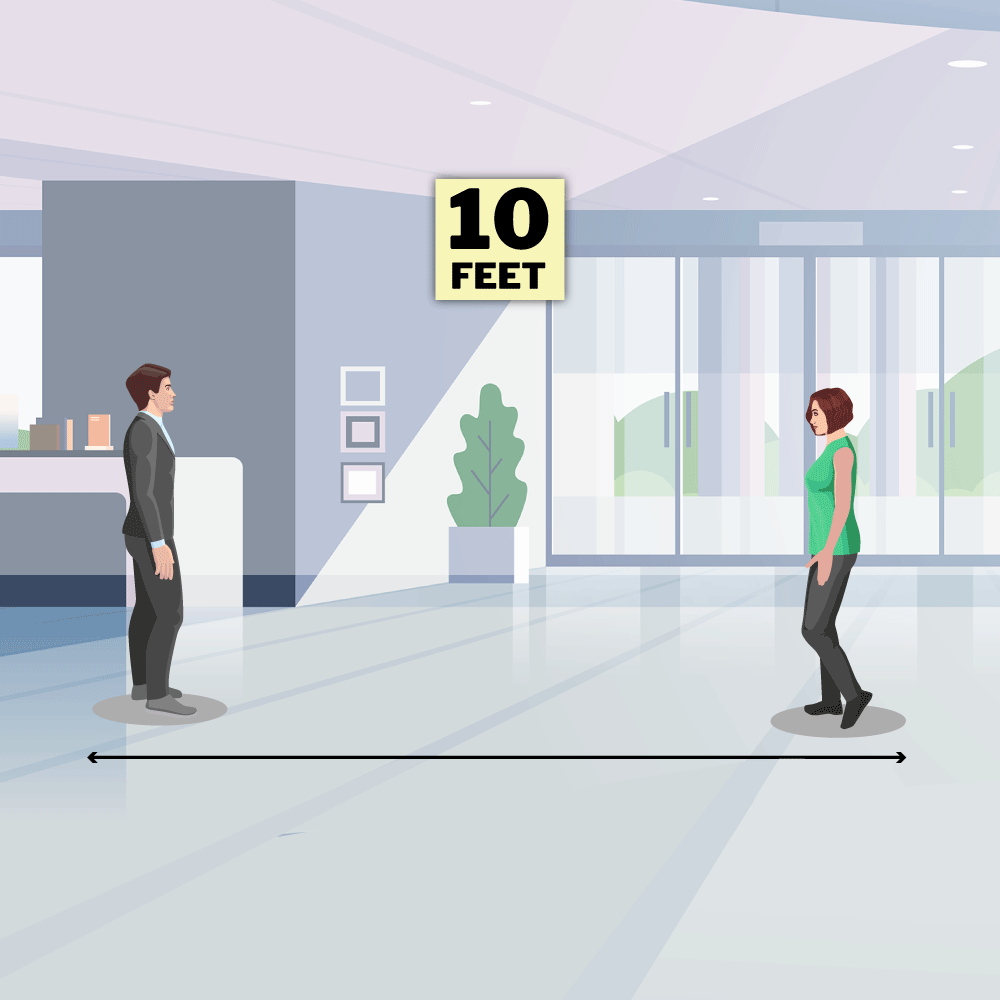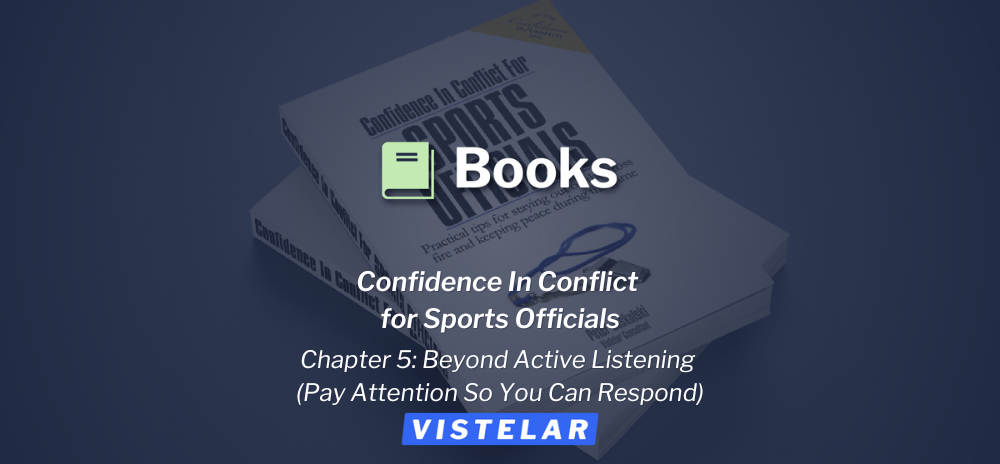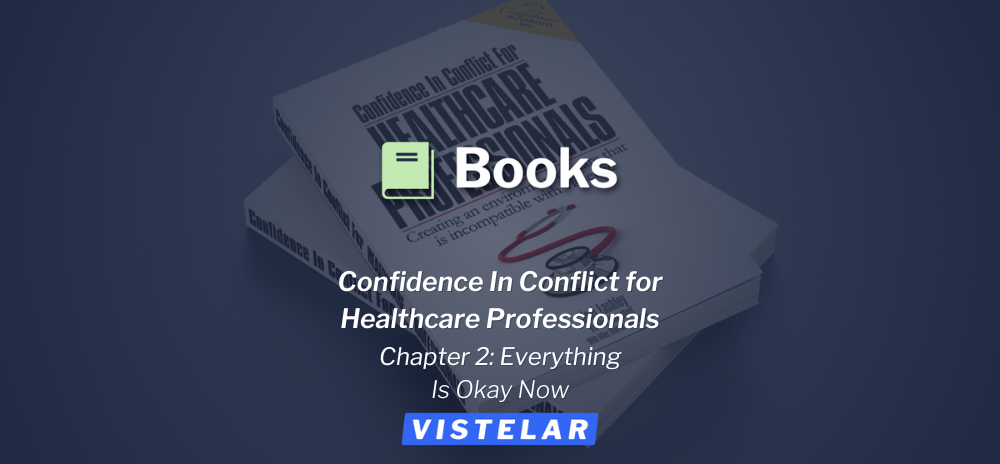Enjoy this excerpt from one of our published books.
Chapter 3
Controlling Your Space and Owning your Environment
After a long first week of classes, Amanda plopped down on her bed and tried to figure out what she was going to do with her first weekend away from home. She had so much homework she didn’t even have time to be homesick, but some of the girls on her floor were getting dressed up to go out. “Come on Amanda! There’s a total rager at one of the upper class student houses off campus. EVERYBODY is going,” said her friend Brooke. “How is everybody getting there?” Amanda asked. “Oh duh, we’re all just going to walk. It’s only like eight blocks, and it’s so nice out,” replied Brooke. Just then, Catie, Kayli, and Maddy all came running into Amanda’s room, laughing and ready to party. “Alright let’s go you guys,” said Kayli. “I’ve got shots to drink and boys to meet!” “Hahaha… why don’t you guys just go ahead? I can meet up with you later. I’m not even dressed yet,” said Amanda. “OK girl, we will catch you there,” said Catie, as the entire group headed out for the night.
Amanda wasn’t really sure about the whole drinking alcohol thing, but she thought it’d still be fun to hang out with the girls and meet new people. She decided to wear a cute new summer dress and sandals, and once she got her make up just right, she headed out for the evening. Within minutes of leaving her dorm, Amanda found herself walking alone on the sidewalk towards a part of campus she had never been. There seemed to be fewer lights than she was used to, and she didn’t recognize any of the street names. “This is really creepy… I hope I’m going the right way,” she thought, as she frustratingly looked down at her phone to see if her friends had texted her back. When she looked up from her phone she immediately wished she had never took her eyes off of the street. She was suddenly being stared at and followed by two unknown males, who were definitely not college age, and seemed to be whispering to each other as they pointed at her.
A key component of managing your personal safety involves not only evaluating your surroundings, but also managing your space. Amanda went from laughing with her friends and heading out to a party, to finding herself in a very dangerous situation in a mere matter of minutes. During this chapter, I am going to talk about how you can manage your environment so you’re safer in it, and also how you can conduct a threat assessment of that space.
But first, I’d like you to think about the place where you feel the safest. This would be a place where you feel completely comfortable, where you feel you could let your guard down, and just chill out. Most people will answer this question and say that they feel the safest at their house. Others will say their bedroom, or their dorm room. For some, it may be at a best friend’s house. So let’s say you feel the safest in the house you grew up in. There are very good reasons for that. If you have a good relationship with your family, you will find yourself surrounded by love and happiness in your home. There will be no feelings of fear, and you will have a nice warm bed to sleep in at night, and hot food on the table for dinner. Your room will be filled with all of your favorite posters, and you will get to listen to all of your favorite music. In essence, when you are in your home, you feel safe because you know the people in it and you can control the environmental variables that we as humans need to feel safe and comfortable. Now think of a time or a place where you felt the least safe. The answer to this question will vary widely depending on your home environment and your life experiences. To make this point, I will share a story with you.
When I was 20 years old I decided that I was going to fly to New York City to see a concert in Central Park. That sounds pretty cool, right? I was a college sophomore, high on life, and had always wanted to see the city. So I went online and bought a ticket to the concert and I booked myself a flight. For weeks leading up to the concert, it was all I could think about. Three days before my flight, I was already packed and listening to their music non-stop. The day of the trip came and I threw on my favorite pair of jeans, some new Air Maxes, slung my backpack over my shoulder, and jumped on the plane. As the plane was landing in La Guardia, I couldn’t wait to get off of it. I will never forget getting off of the plane and walking down the ramp. I had finally made it to New York City.
Knowing nothing about the city and knowing nothing about the taxi services or public transit trains, I decided to ask a friendly looking stranger how I could get to my hotel. He pointed at the train map and mumbled a bunch of numbers, and I figured I was good to go. So I jumped on the “Blue Line 17” train headed towards what I thought was my hotel. And that’s when reality kicked in. As I sat down on the train and it started heading “somewhere,” I looked around and recognized no one, and nothing. Everybody sitting on the train suddenly looked grumpy and mean, and when they looked at me it seemed like they knew I was a tourist. They looked right through me. Maybe I was being paranoid, but a huge lump started to grow in my throat. I looked outside at all of the graffiti filled buildings. They all had busted windows, and the streets below were littered with trash. This place looked nothing like home. Then the train stopped. The automated message on the overhead speaker told me that this was where I needed to get off. Optimistic, I got off the train and worked my way down the stairs of the platform towards the street.
And then it hit me.
There I was. In the scariest place of my life and the loneliest place I have ever been. It was pitch black out. Not even one street light was working. There was no traffic and no noise. I found myself standing alone, next to a graffiti-riddled brick building, as three very dangerous looking strangers were looking me up and down through their hoods and cigarette smoke. In that moment, I had never been more scared in my life. I was lost and alone. I was unarmed and had no way to defend myself. I felt so threatened for my life that I literally felt my throat close as my hands and feet went numb. I think about it now and all I can do is shake my head. I was so stupid. I could have easily been robbed, or worse, raped. Every time I think of that story, I thank God that an off-duty taxi cab driver had the heart to pull over and help out a lost tourist. “Come here kid. This is not where you want to be,” he said. I couldn’t get into that cab fast enough, and I was forever grateful to that driver for getting me to my hotel safe. Here’s the moral of the story. For as scared as I was, there’s a reason I feel so dumb about it now. I was scared out of my mind because I found myself in a time and a place where I had absolutely zero control over my environment, and absolutely no confidence in my ability to defend myself. If only I would have known then what I know now. Let’s take a look at the skills that could have prevented that whole situation.
540 Degree Proxemic Management
540 Degree Proxemic Management is a concept developed by several of the Vistelar Consultants, including the Vistelar co-founder Gary Klugiewicz and myself, to describe the skill of actively managing distance and space. If you break it down word by word, intuitively, it makes sense. The space you need to control isn’t just directly in front of you, as you look down at your phone. It includes the 540 degrees that surround you, in front of and behind, left and right, and everything above and below you. This includes all of the potential environmental factors that could come into and/or change that space. This could be the air temperature, the conditions of the walking surface, perhaps a low ceiling or a low hanging shelf, the number of people walking by or how crowded it is. This also includes things like walls, doors, desks and chairs. This could also include cars driving past, how fast they are driving, and if there is a stop sign nearby.
When it comes to understanding proxemics and space management, you have to get creative and really think about all of the factors in that space that change your level of safety in it. Here’s a quick example:
If I were to go for a jog in the park on a nice summer day, most reasonable people would agree that it would be pretty safe in comparison to me running sprints in the street during the middle of winter at night. By jogging in the park in the summer, I wouldn’t run the risk of slipping on ice or getting hit by a car. So for this example, I can still choose to go for a run, but in evaluating the proxemics of the situation, one choice would clearly be safer than the other.
What Are Proxemics?
In the field of communication, “proxemics” refers to the study of non-verbal communication and how distance affects how we communicate with each other. It is the study of the cultural use of space. For our purpose of managing conflict, proxemics refers to where you are positioned in relationship to another person, and how it impacts your ability to safely communicate, both verbally and non-verbally. Remember, we are encouraging you to take ownership of your space, therefore empowering you to stay emotionally and physically safer within that space. So it is imperative that you control your distance, whether it is in relationship to some type of physical hazard or a potentially threatening person.
affects how we communicate with each other. It is the study of the cultural use of space. For our purpose of managing conflict, proxemics refers to where you are positioned in relationship to another person, and how it impacts your ability to safely communicate, both verbally and non-verbally. Remember, we are encouraging you to take ownership of your space, therefore empowering you to stay emotionally and physically safer within that space. So it is imperative that you control your distance, whether it is in relationship to some type of physical hazard or a potentially threatening person.
When you put all of the words together, 540 Degree Proxemic Management includes the evaluation of your 540 degree bubble, so that you can get a full picture of everything that is going on around you. This includes considering your position in relationship to other people (this is also known as relative positioning), as well as assessing barrier options or exit strategies. Barrier options are things like tables, chairs, corners, hills, ditches, and garbage cans: basically anything that you can use to create a barrier, either permanent or temporary, between you and the threat that will help you create time and distance from them. The use of 540 Degree Proxemic Management empowers you to take ownership of all of these aspects of your space.
The 10/5/2 Rule
The 10/5/2 Rule was developed by Vistelar co-founder and nationally known defensive tactics expert Dave Young. People who work in law enforcement and public safety receive a substantial amount of training regarding how to gauge distance in threat assessment. In 1983, law enforcement trainer Dennis Tueller discovered that the average person can cover 21’ in less than 1.5 seconds. What this means is that, even if a threat is twenty feet away, you still need to be prepared to react in less than two seconds. For this reason, public safety officials are trained to look far ahead of where they are and keep their eyes constantly moving, in order to give themselves time to react to dangerous situations.
If you don’t have that level of training, keeping track of everything 21’ feet away can be overwhelming. For your personal life, the 10/5/2 rule was designed to give you a better idea of just how much time and space you need to protect yourself. The farther away a potential threat is from you when you see it, the more time you have to form a plan to either deal with the situation or completely avoid it. Think about driving a car. Do you remember taking your driver’s education class? One of the first things they teach you when driving is to look and scan “several seconds” ahead, so that you have time to identify and avoid oncoming problems. This concept is very similar.
To practice the 10/5/2 rule, first take a look around and see if you can accurately judge when something is ten feet away. Then determine what five feet away is, and what is only two feet away. You should measure to make sure that your assessment is accurate!
For this drill, we are going to start our proxemic management at 10’, and for this example, we are going to pretend that we are Amanda, who is walking alone at night on the side of the street and suddenly sees two unknown subjects approaching her. If she were practicing good when-then thinking and had an appropriate level of awareness, she would start scanning for potential threats that were 10’-21’ feet away from her. In this 10’ range, she should be scanning and taking, as Dave Young calls them, “brain pictures” of what is going on around her. To take an accurate brain picture, Amanda should be gathering information with all of her senses. She should be taking mental notes of everything she is seeing, hearing, smelling, and feeling.
Things you should be taking note of at 10’ include:
- Looking for possible exit strategies in case you need to escape
- Looking for people who are paying more attention to you than what they are doing
- Looking for how people are interacting with each other, and what they are doing with their hands
- Assessing how fast a person or persons are moving towards you (closing in on your space)
Think: “At 10’ I should be surveying the area, assessing people, and evaluating possible exit strategies.” The key to this stage is: Evaluate the situation and determine if you should approach or exit.
10’ is a safe enough distance that, if you needed to try and completely avoid contact with a suspicious person, you could still avoid them altogether without the risk of being physically attacked. If someone tries to close that space quickly, that’s a huge red flag risk indicator!
At 5’, the person is about to enter your personal space, and so you need to begin interacting and communicating if you haven’t done so already. Because the person is closer, you can hopefully get more information than you could at 10’ so that you can better determine what you want to do. Based on what you observe, you might engage the person verbally, or you might begin retreating.
At 5’, you should be doing the following things to maintain control of your space:.png?width=1000&name=Proxemics-Campus-Life-Vistelar-Blog%20(3).png)
- Confirming what you saw at 10’. You may be able to better see their hands at 5’
- Checking their body posture, facial expressions, and eye movements
- Getting a better visual of their face, what they’re wearing, or what belongings they have with them
- Checking for nervousness or twitching with their hands and feet
Additionally, make eye contact. An aware person looking directly at someone projects to them that you are paying attention and that you’ve seen them. When appropriate, smile and use the Universal Greeting as they come within speaking distance. We will talk more about the Universal Greeting in Chapter Five.
Think: “At 5’ I should be confirming what I saw, is this truly a threat or not? Should I try to communicate with them, or avoid them all together?” The key to this stage is: deciding to communicate or evade.
Remember, just as you are looking for red flags and reading signals from other people, you are also giving them off. While you are scanning to check their body posture, eye movements, and hand movements, they may also be evaluating yours. Part of proxemic management is understanding where you are in relationship to the other person, so you must assess if they are allowing you to keep a safe distance, or if you need to do something to reposition yourself so that you can maintain a safe distance and remain in your comfort zone.
It is important to note here that there are certain traits and conditions that people look for when they decide who their next victim will be. Criminals “pick targets” depending on how “easy” or vulnerable a target looks, or how accessible a place may be to victimization. While I am very careful not to come across as victim blaming, you must realize that there are many risk reduction strategies that you can put in place to make you appear less vulnerable, and therefore, less “victimizable.” This includes understanding the signals you are giving off. Do you stand tall, walk with a purpose and with your head up, shoulders back, constantly scanning your surroundings? Or do you slouch over, look apprehensive, and stare at your feet? Do you make direct eye contact with people, or do you constantly avert your eyes when someone approaches you? We want you to recognize how other people perceive you, so that, even if you’re in a situation you’re apprehensive about, you can still appear confident. It is imperative at this stage that you match up your non-verbal signals with your verbal commands. Basically, we want to make a potential perpetrator go from thinking you are an easy target to thinking you are not someone they want to mess with and that attacking you would be a huge mistake. We will talk more about this in Chapter Five.
Finally, if you find yourself within 2’ of a subject, or someone approaches you and is suddenly within that 2’.png?width=1000&name=Proxemics-Campus-Life-Vistelar-Blog%20(1).png) mark, you need to be prepared to act. Think of it like this: if you found yourself this close to someone and the situation suddenly turned physical, you will want to make sure you put yourself in the best position to win the fight. In having this little space to protect yourself, physical danger is much more imminent. You may have to move to get out of the way. You may have to keep your hands above your waist so that you will more quickly be able to protect your face in the event of a sudden assault.
mark, you need to be prepared to act. Think of it like this: if you found yourself this close to someone and the situation suddenly turned physical, you will want to make sure you put yourself in the best position to win the fight. In having this little space to protect yourself, physical danger is much more imminent. You may have to move to get out of the way. You may have to keep your hands above your waist so that you will more quickly be able to protect your face in the event of a sudden assault.
Think: “At 2’ I have to position myself in the best place to win, in case this gets physical. I may also have to escape.” The key to this stage is taking action and keeping them out of your personal danger zone. You may have to: Operate or escape.
In the event that you fear for your physical safety and you’re being attacked, you may have to get physical and defend yourself. Obviously, the first thing you should try to do is escape, or disengage from the situation. It is a natural human reaction to freeze, and then backpedal away from a threat. A good rule of thumb to remember is never take more than two steps backwards. If you start to take three, four, or five steps backwards, you will likely lose your balance, or run into something or someone that you were unable to see behind you. Try to move in an “L” shape, by taking only a couple steps backwards, and then side stepping to the safest side so that you can regain your balance and move yourself off to the side and away from the assailant’s forward momentum. This is also known as “getting off of the tracks.”
Think: “Get out of the way of an oncoming train. If I ran straight down the tracks, it would still hit me. All I have to do is step off of them.” Remember, I am not encouraging you to go around and start picking fights with people. In fact that is the exact opposite of what I’m suggesting. I am presenting you with strategies you can use in case the “fight comes to you.” If you do have to get physical, you should use self-defense moves, improvised weapons, and barrier options to help you create distance from your attacker. You should use trained self-defense techniques to try and affect their breathing, impair their vision, create pain, and most importantly, to create distance from your attacker so that you can escape and seek out help. It is in this type of situation where you may be scared of your surroundings. By using these strategies, you will start thinking more about how to use your surroundings to your advantage. Criminals hate places with more light, more sound, and more noise. Here, in a life or death situation, you will need to think unconventionally, so that you can defend yourself and start drawing more attention to you. Dave Young, defensive tactics expert and Vistelar co-founder, uses this example:
If you’re running through a parking lot and trying to seek safety inside the store, don’t be afraid to push on or run on a few cars to set off the car alarms. Make sure you’re scanning for easily grabbable improvised weapons or “weapons of opportunity” that you could use to defend yourself. Now this doesn’t mean just running through the parking lot and grabbing the first thing you see, such as a garbage can, it means searching for an impact tool that falls within your ability to use it. In other words, grabbing the first thing you see may not be the best option to defend your- self because it may be too heavy and too bulky, but it could potentially be flipped over and used as a barrier to help you create some time and distance between you and your assailant. This would give you more time to search for something you’re better able to defend yourself with, such as a fire extinguisher, club, or brick.
One of the concepts Vistelar teaches is that there is a huge difference between “fire drills” and “fire talks.” There is a reason that schools across America have adopted mandatory fire drill training, and not just fire related education in the classroom setting. If and when a fire does happen, we want children and teachers to have physically practiced what to do, instead of just knowing what to do, or thinking about what to do. The same goes for the skills and concepts discussed throughout this book. You need to practice these skills so you can become confident and can execute them when you need it.
“There are two types of people in the world. Those that THINK or HOPE ‘it will never happen to me,’ and those that will BE READY, when it does.”
– Dave Young









